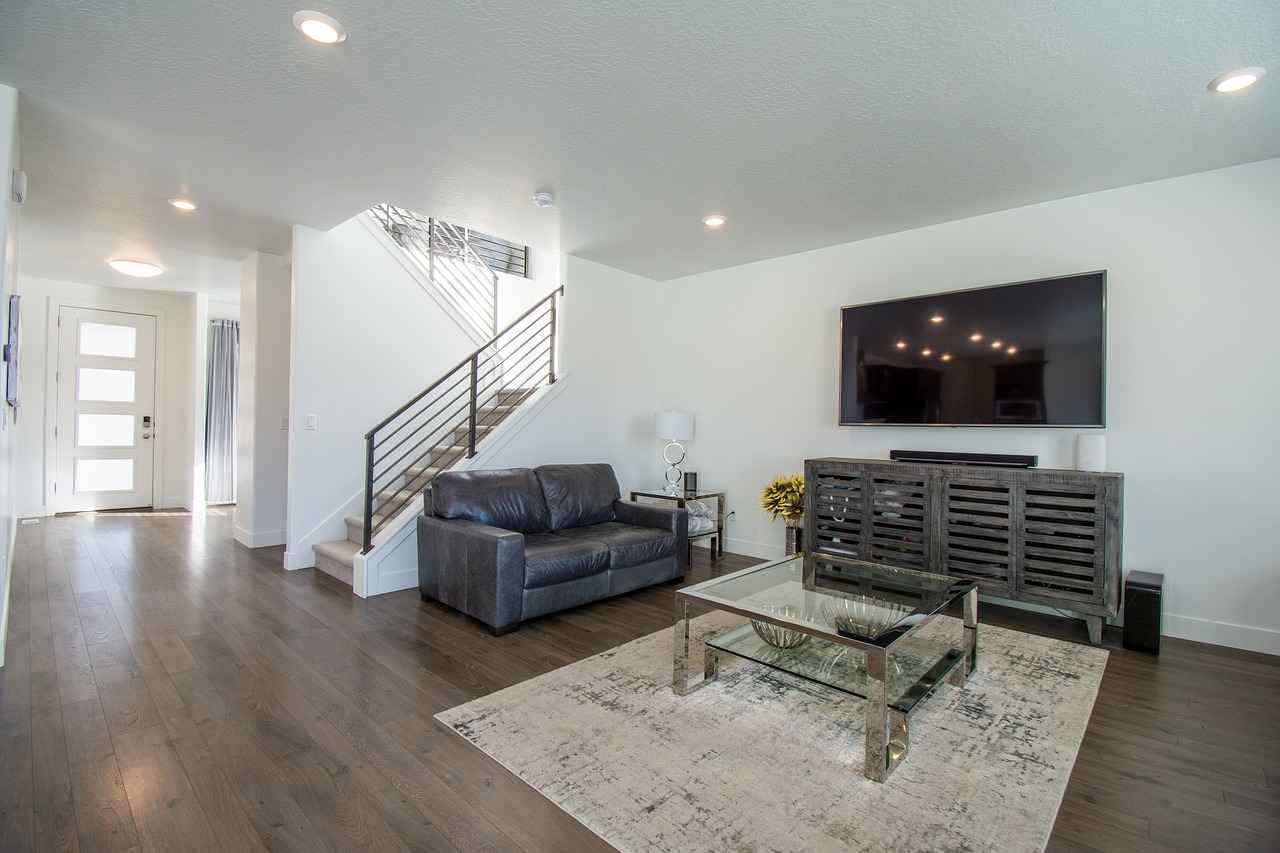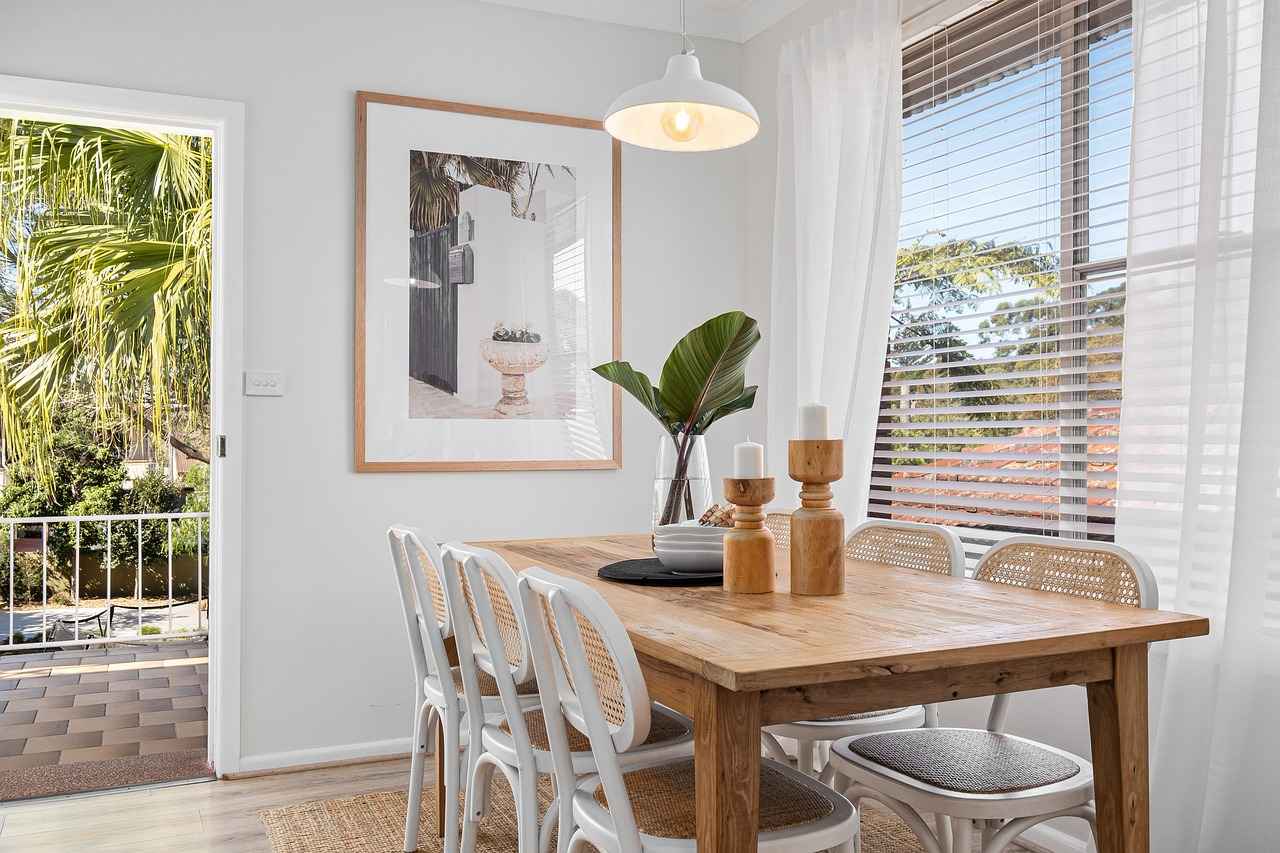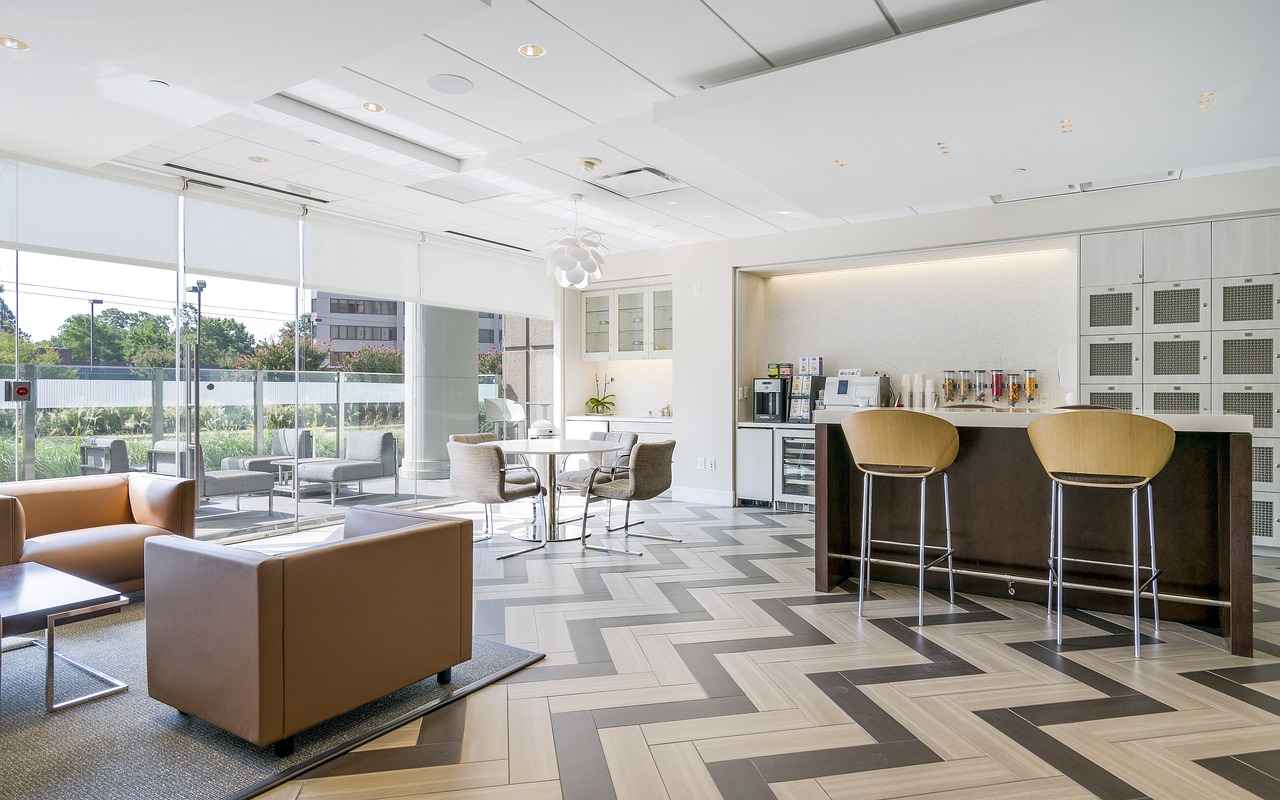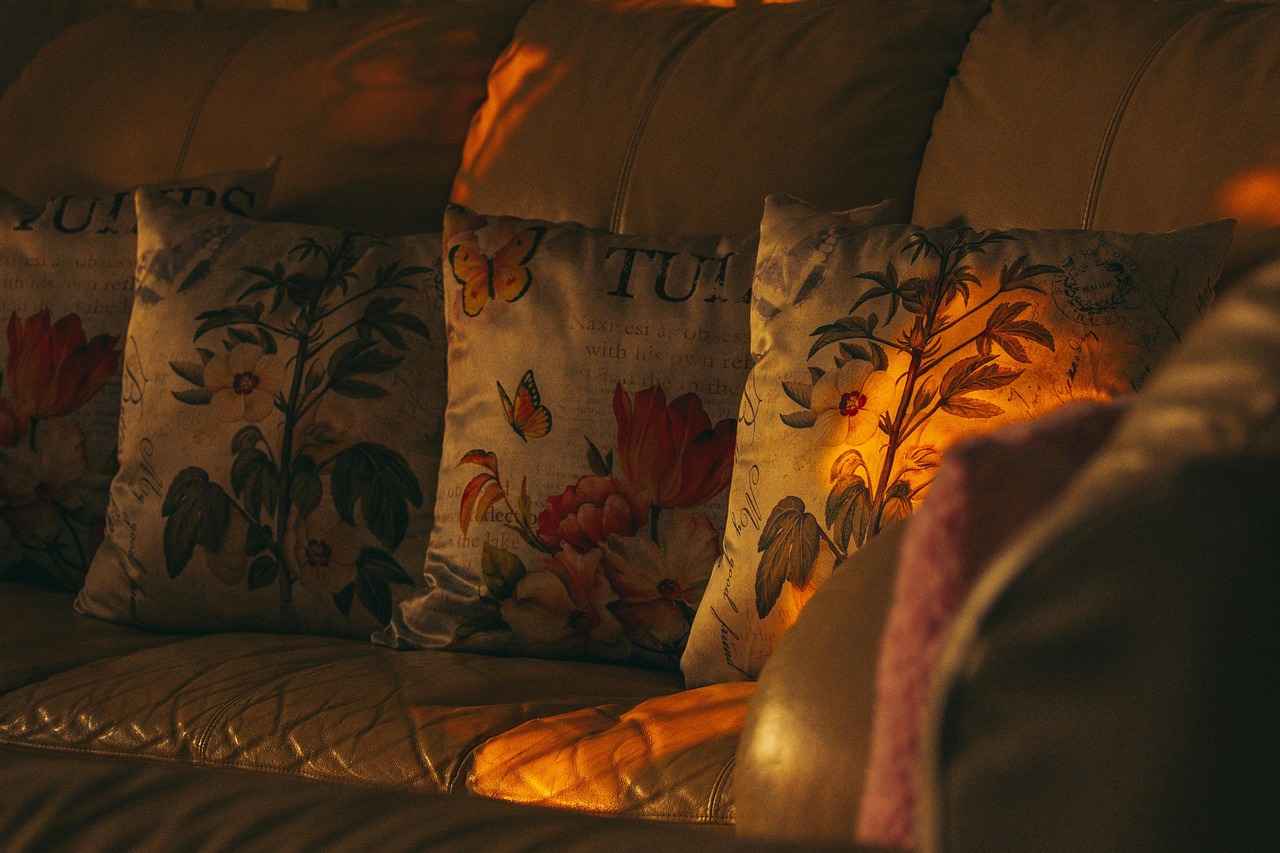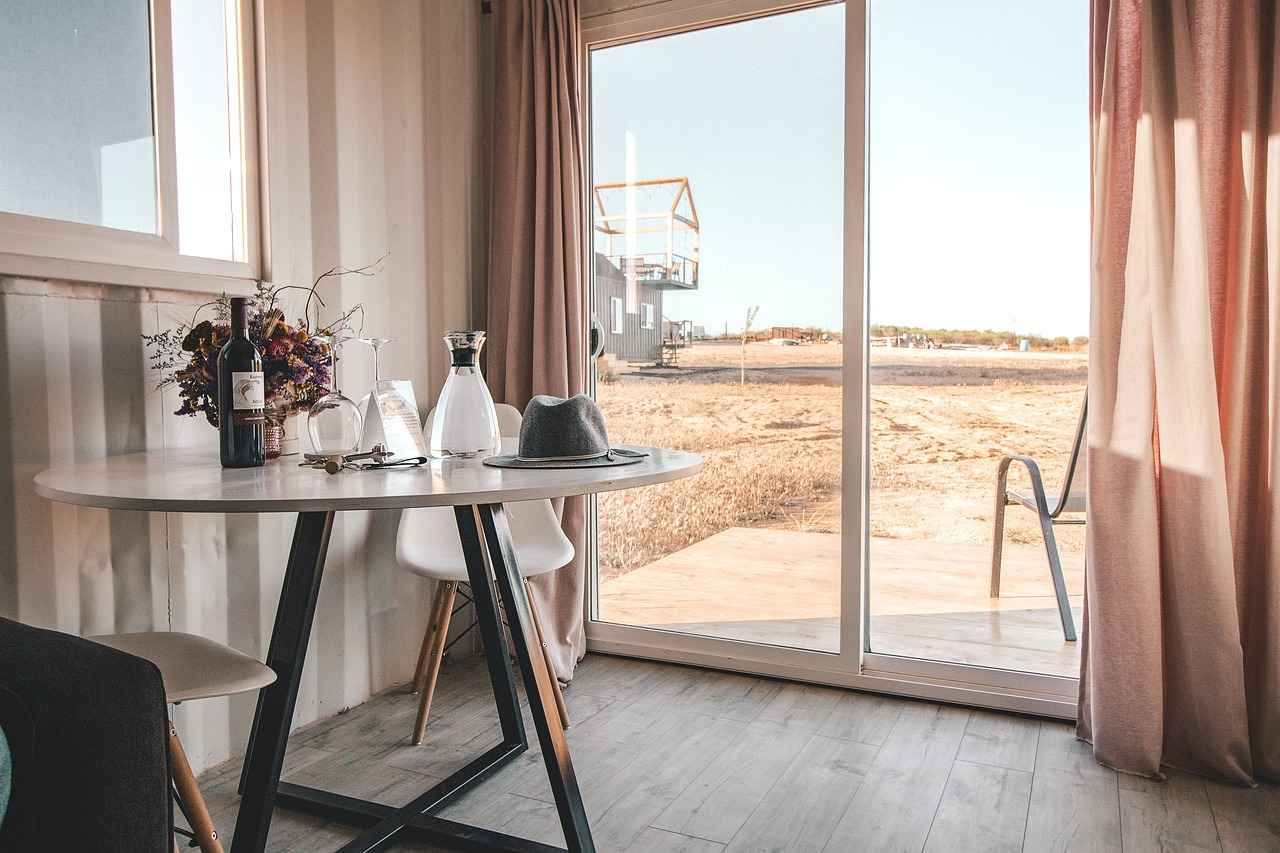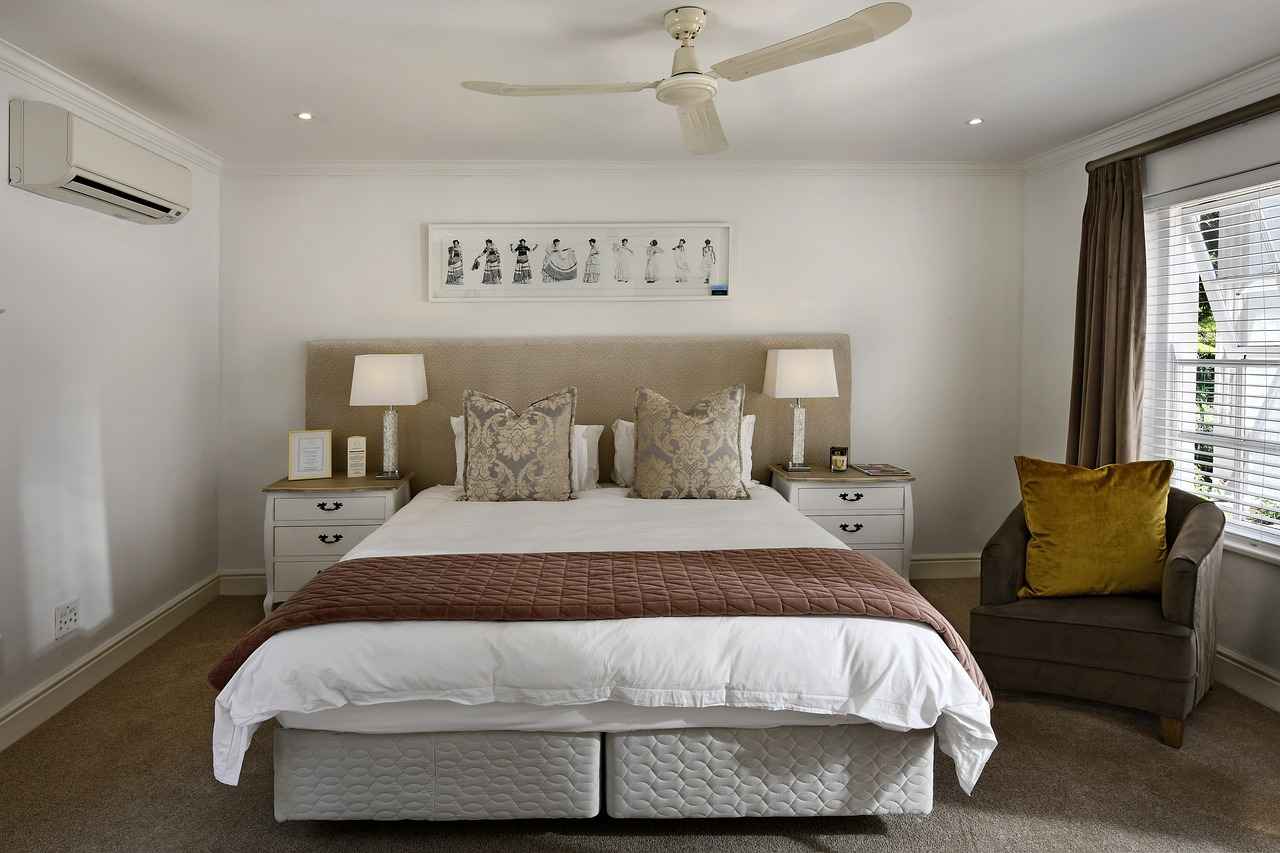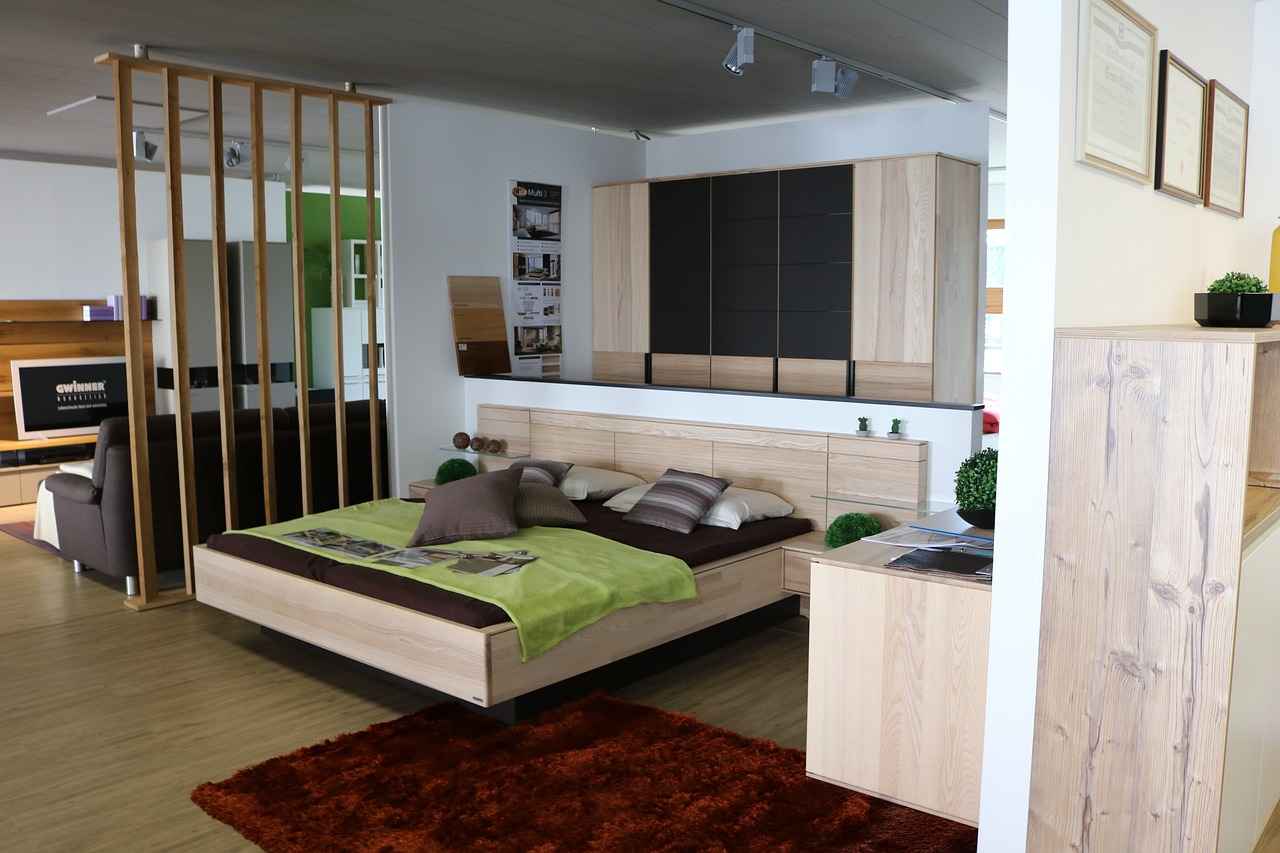This article delves into the best room dividers, weighing options that cater to both privacy and the allure of open concept living spaces. By exploring various styles, materials, and practical insights, you can enhance your home’s functionality and aesthetic appeal.
Why Choose Room Dividers?
Room dividers are not just functional; they also add to the visual appeal of your home. They serve multiple purposes, such as creating distinct areas for work and relaxation, improving acoustics, and adding a decorative touch. Understanding the benefits of room dividers can guide you in making informed choices for your living space.
Types of Room Dividers Available
- Folding Screens: Flexible and easy to move, these can be adjusted to suit various layouts.
- Curtains: Available in numerous fabrics and colors, curtains can soften a room while offering privacy.
- Shelving Units: These multifunctional pieces provide storage and act as a visual barrier.
How to Select the Right Room Divider?
When selecting a room divider, consider factors such as the size of your space, the level of privacy you need, and the overall design aesthetic. Ask yourself:
- What is the primary purpose of the divider?
- How much space do I have available?
- What style complements my existing décor?
Room Dividers for Enhanced Privacy
Privacy is essential in any home, especially in shared spaces. Consider these options:
- Folding Screens: These provide a quick and stylish way to create private areas.
- Heavy Curtains: Not only do they block light, but they also absorb sound, making them ideal for creating a quiet environment.
Open Concept Living: Benefits and Challenges
While open concept living promotes social interaction and a sense of spaciousness, it can also lead to challenges regarding privacy and noise control. To address these concerns, consider innovative solutions that maintain the airy feel of your space.
Creative Solutions for Open Spaces
- Shelving Units as Dividers: These can serve dual purposes, acting as both storage and a visual barrier while allowing light to filter through.
- Plants as Natural Dividers: Incorporating greenery not only enhances aesthetics but also creates a calming atmosphere.
Cost-Effective Room Divider Ideas
Budget-friendly options can still be stylish and functional. Consider using:
- Repurposed furniture, such as bookcases or cabinets.
- DIY projects, like fabric panels or painted plywood screens.
DIY Room Divider Projects
For the creatively inclined, DIY room dividers offer a unique chance to personalize your space. Simple projects can transform your living area without a hefty investment. Ideas include:
- Using old doors as a rustic screen.- Creating a macramé wall hanging.- Assembling a pallet wall for a modern touch.
In summary, the right room divider can significantly enhance both privacy and the aesthetic of your home. By considering your needs and exploring various options, you can find the perfect solution that balances functionality with style.

Why Choose Room Dividers?
Room dividers are versatile elements that can transform the functionality and aesthetics of any living space. Whether you live in a compact apartment or a spacious home, the right room divider can enhance both privacy and style. Understanding why you should choose room dividers is essential for making informed decisions that suit your lifestyle and design preferences.
- Enhanced Privacy: One of the primary functions of room dividers is to create distinct areas within a larger space. This is particularly beneficial in shared living environments, where individuals may seek personal space.
- Aesthetic Appeal: Room dividers can serve as decorative elements that enhance the overall look of a room. With various designs available, they can complement your existing decor while adding a touch of elegance.
- Space Optimization: By dividing larger rooms, you can make better use of space. For instance, a large living area can be transformed into a cozy reading nook and a vibrant play area for children.
- Flexibility: Many room dividers are portable and easy to move, allowing you to reconfigure your space according to your needs. This flexibility is particularly useful for those who enjoy hosting gatherings or simply want to change their environment.
- Sound Dampening: Some room dividers, especially heavy curtains or solid screens, can help reduce noise levels, creating a more peaceful atmosphere in busy households.
Room dividers are not just about aesthetics; they play a crucial role in enhancing the functionality of your home. By creating separate zones, you can define areas for specific activities, such as work, relaxation, or entertainment. This separation can lead to improved focus and productivity, especially in a home office setting. Additionally, room dividers can help manage noise levels, making shared spaces more comfortable for everyone.
When selecting a room divider, consider the various types available:
- Folding Screens: These are portable and can be easily adjusted to fit different spaces. They come in various materials and designs, making them a stylish choice.
- Curtains: Heavy drapes can block light and sound, providing an effective barrier while adding a soft touch to your decor.
- Shelving Units: These multifunctional dividers serve as both storage and a visual barrier, allowing you to display decorative items while separating spaces.
- Plants: Incorporating greenery as dividers not only enhances aesthetics but also promotes a calming atmosphere, making your home feel more inviting.
Choosing the right room divider involves considering several factors:
- Space Size: Assess the dimensions of your room to determine the most suitable type of divider. Larger spaces may benefit from more substantial dividers, while smaller areas may require lighter options.
- Functionality: Think about how you plan to use the divider. Will it be a permanent fixture, or do you need something that can be easily moved?
- Design Style: Ensure that the room divider complements your existing decor. From modern to traditional, there are countless styles to choose from.
In conclusion, room dividers are an excellent investment for anyone looking to enhance their living space. By providing privacy, improving functionality, and adding aesthetic value, they can significantly transform how you experience your home. With various options available, you can find the perfect room divider that meets both your practical needs and design preferences.

Types of Room Dividers Available
When it comes to enhancing the functionality and aesthetics of your living space, room dividers play a crucial role. They not only provide privacy but also help in defining areas within a larger room. Understanding the various types of room dividers available allows you to tailor your choice to your specific needs and style preferences.
There are numerous options for room dividers, each offering unique benefits. Below are some of the most popular types:
- Folding Screens: These are versatile and can be easily moved to create temporary spaces. Folding screens come in a variety of designs, from traditional to modern, allowing you to choose one that complements your decor.
- Curtains: Curtains are an excellent choice for those seeking a soft and elegant look. Heavy drapes can block out light and sound, making them perfect for creating a cozy and private atmosphere.
- Shelving Units: Not only do they provide storage, but shelving units can also act as a visual barrier. They allow light to flow through while still separating spaces, making them ideal for open concept living.
- Glass Partitions: For a more modern approach, glass partitions can create a sleek and sophisticated look. They help maintain an open feel while providing the necessary separation between areas.
- Plants: Incorporating plants as natural dividers is a creative and eco-friendly option. They offer a refreshing aesthetic and can improve air quality while providing a sense of separation.
Each of these options comes with its own set of advantages. For instance, folding screens are perfect for those who frequently rearrange their spaces. In contrast, curtains can add a touch of warmth and softness, making them suitable for bedrooms or living areas. Shelving units not only serve as dividers but also provide additional storage, which is beneficial in smaller homes.
When selecting a room divider, consider the overall theme of your space, the level of privacy you require, and how much natural light you want to maintain. For example, if you are looking for something that can be easily adjusted, folding screens might be your best bet. On the other hand, if you want to add some greenery and life to your space, using plants as dividers can be both functional and aesthetically pleasing.
In conclusion, the type of room divider you choose should align with your personal style and the specific needs of your living space. By exploring the various options available, you can find the perfect solution to enhance both the functionality and beauty of your home.
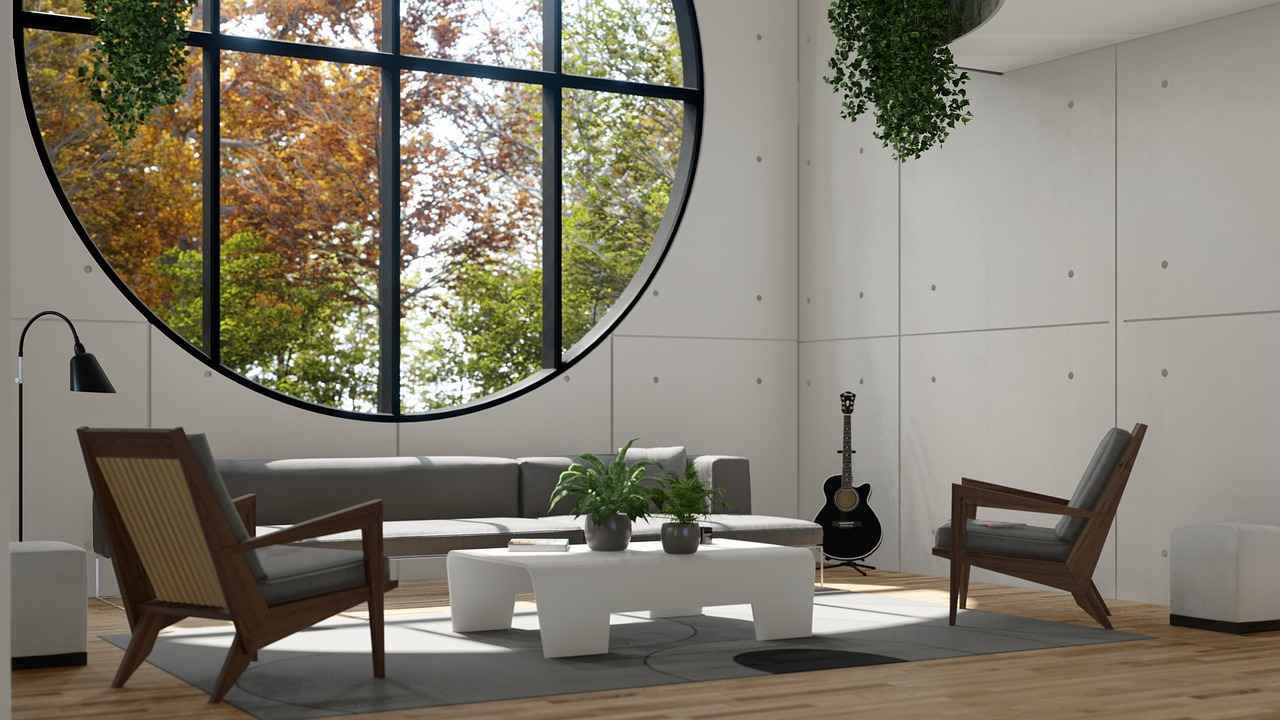
How to Select the Right Room Divider?
When it comes to creating distinct areas within your home, selecting the right room divider is essential. This decision can significantly influence both the functionality and design of your living space. In this section, we will delve into the critical factors to consider when choosing a room divider, ensuring you make an informed choice that complements your home.
Before making any decisions, it’s crucial to assess your space. Consider the following:
- Size: Measure the area where you intend to place the room divider. A divider that is too large can overwhelm a small space, while one that is too small may not provide the desired effect.
- Layout: Analyze the existing layout of your room. Think about how the divider will interact with furniture and pathways, ensuring it enhances rather than hinders movement.
Next, reflect on the functionality you require from your room divider. Ask yourself:
- What purpose will the divider serve? Is it for privacy, separation, or decoration? Understanding its primary function will guide your selection.
- Do you need flexibility? If you anticipate needing to rearrange your space frequently, consider options like folding screens or curtains that can be easily moved.
The room divider should also align with your design aesthetics. Think about:
- Style: Choose a divider that complements your existing decor. Whether you prefer a modern, minimalist look or something more traditional, there are numerous styles available.
- Material: The material of the divider can affect both its appearance and functionality. Options range from wood and metal to fabric and glass, each offering different benefits and visual appeal.
Lastly, consider your budget. Room dividers can vary significantly in price, so it’s important to establish a budget beforehand. Here are some tips:
- Explore DIY options: If you’re handy, creating your own room divider can be a cost-effective and personal solution.
- Shop around: Look for sales and discounts at local home improvement stores or online retailers to find the best deals.
In conclusion, selecting the right room divider requires careful consideration of space, functionality, and design. By assessing these factors, you can find a divider that not only meets your practical needs but also enhances the beauty of your home. Remember, the perfect room divider is one that seamlessly integrates into your living space while providing the desired level of separation and style.
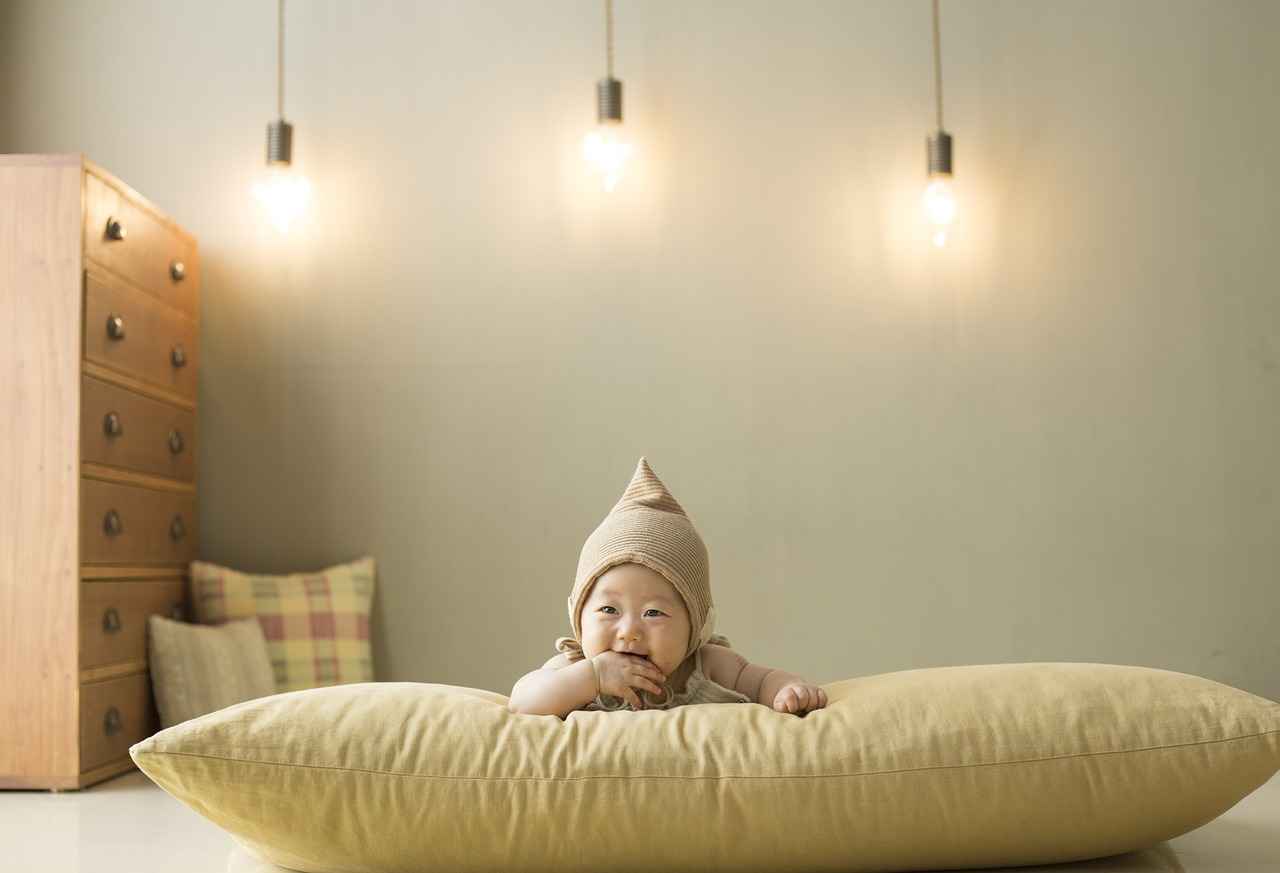
Room Dividers for Enhanced Privacy
play a pivotal role in modern home design, especially in spaces where comfort and seclusion are desired. As homes evolve towards more open layouts, the need for privacy becomes increasingly important. This article delves into various room divider options that not only offer privacy but also enhance the overall aesthetic of your living space.
When considering room dividers, it’s essential to understand the different types available. Folding screens are a popular choice for their versatility. They can easily be repositioned to create private areas when needed, making them perfect for multifunctional spaces. Additionally, they come in a variety of styles, from traditional wooden designs to modern, artistic options, allowing you to select one that complements your decor.
Heavy curtains are another effective solution for enhancing privacy. Not only do they block light, but they also serve as sound barriers, creating a serene environment in shared living areas. Opting for curtains made from thick, luxurious fabrics can add a touch of elegance while ensuring a cozy atmosphere. This is particularly beneficial in bedrooms or home offices where concentration is key.
In addition to screens and curtains, bookshelves can function as stylish room dividers. They provide both storage and a visual barrier, allowing you to separate spaces without completely closing them off. This approach maintains an open feel while offering a degree of privacy. You can personalize these shelves with decorative items, plants, or books, making them a functional and attractive addition to your home.
Another innovative idea is to use plants as natural dividers. Tall potted plants or vertical gardens can create a refreshing separation between areas while enhancing the air quality and aesthetic appeal of your home. This method not only provides privacy but also introduces an element of nature, promoting a calming atmosphere.
For those on a budget, there are cost-effective room divider ideas that can be both stylish and functional. Consider repurposing old furniture or using decorative screens made from lightweight materials. These options can be easily moved and adjusted according to your needs, offering flexibility in your living space.
If you’re feeling creative, DIY room divider projects can add a personal touch to your home. Simple projects, such as creating a fabric panel divider or using reclaimed wood to build a rustic screen, can transform your space with minimal investment. These projects not only provide privacy but also serve as a reflection of your personal style.
In summary, incorporating room dividers into your home can significantly enhance privacy while maintaining a stylish appearance. Whether you opt for folding screens, heavy curtains, bookshelves, or natural elements like plants, there are numerous options to suit every taste and budget. By thoughtfully selecting and positioning these dividers, you can create a harmonious balance between open concept living and the need for personal space.
Folding Screens: A Versatile Choice
Folding screens have gained immense popularity in modern interior design due to their versatility and ease of use. These innovative room dividers not only provide a practical solution for temporary privacy but also enhance the overall ambiance of a space. They can be effortlessly moved and adjusted to fit various layouts, making them an ideal choice for dynamic living environments.
One of the key advantages of folding screens is their ability to create distinct areas within a room without the need for permanent walls. This flexibility is particularly beneficial in open concept living spaces, where the flow of light and air is essential. By strategically placing a folding screen, you can establish a cozy nook for reading or a secluded workspace, all while maintaining an open feel.
Folding screens come in a variety of styles, materials, and designs, allowing homeowners to select an option that aligns with their personal aesthetic. From sleek, modern designs made of metal and glass to more traditional wooden screens adorned with intricate carvings, the choices are plentiful. This diversity not only caters to different tastes but also ensures that the screens can seamlessly integrate into any decor.
- Adjustable Configuration: Folding screens can be easily repositioned to adapt to changing needs, whether you want to create a more intimate setting for a gathering or open up a space for larger events.
- Lightweight and Portable: Many folding screens are designed to be lightweight, making them easy to transport and set up in different areas of your home.
- Cost-Effective Solution: Compared to constructing permanent walls, folding screens offer a more affordable way to enhance privacy and functionality in your living space.
Moreover, folding screens can serve as a canvas for artistic expression. Many manufacturers offer customizable options, allowing you to choose colors, patterns, and even artwork that reflect your personality. This not only adds a unique touch to your home but also transforms the screen into a statement piece.
In addition to their aesthetic appeal, folding screens can also contribute to sound dampening in shared spaces. By creating barriers, they help reduce noise levels, making them an excellent choice for homes with multiple occupants. This feature enhances comfort and promotes a more peaceful living environment.
As you consider incorporating folding screens into your home, think about the specific needs of your space. Are you looking to create a dedicated area for work or study? Or perhaps you want to separate a guest area from your living room? By answering these questions, you can select the perfect folding screen that meets both your functional and stylistic requirements.
In summary, folding screens are a practical and stylish solution for creating temporary privacy in various living environments. Their adaptability, aesthetic variety, and cost-effectiveness make them an excellent choice for homeowners seeking to enhance their space without the commitment of permanent changes. Whether you are redesigning an existing room or setting up a new one, folding screens can provide the perfect balance of functionality and style.
Heavy Curtains for Sound Dampening
Heavy curtains are more than just a decorative element in your home; they serve a multitude of practical purposes that enhance both comfort and aesthetics. One of the most significant benefits of heavy curtains is their ability to block light effectively. This feature is particularly valuable in bedrooms and media rooms, where the right lighting can make a substantial difference in usability and enjoyment.
However, their advantages extend beyond light control. Heavy curtains also provide excellent sound dampening properties. In an increasingly noisy world, the ability to create a peaceful environment is essential. By absorbing sound waves, these curtains can significantly reduce noise pollution, making them an ideal choice for shared living spaces or homes located in bustling areas.
When considering the impact of heavy curtains on sound dampening, it is important to note the materials used. Fabrics such as velvet, thick cotton, or polyester blends are particularly effective in minimizing sound transmission. The denser the fabric, the better it will absorb sound, leading to a quieter atmosphere. This makes heavy curtains not only a practical choice but also a stylish one, as they come in various colors and patterns that can complement your home décor.
In addition to their soundproofing capabilities, heavy curtains also offer a sense of privacy. In open-concept living spaces, where rooms often blend into one another, heavy curtains can create a secluded nook for relaxation or work. By simply drawing the curtains, you can transform a shared area into a private retreat, enhancing the functionality of your home.
Moreover, heavy curtains can help with temperature regulation. They act as insulators, keeping cold air out during winter and blocking heat in summer. This dual functionality not only contributes to a comfortable living environment but can also lead to energy savings by reducing the need for heating and cooling systems.
For those who prioritize aesthetics, heavy curtains can serve as a stunning focal point in any room. When chosen thoughtfully, they can add texture and depth, elevating the overall design of your space. Whether you prefer a classic, luxurious look or a more modern, minimalist style, heavy curtains can be tailored to fit your vision.
To maximize the benefits of heavy curtains, consider their placement and installation. Ensure that they are hung high above the window frame and extend wide enough to cover the entire window. This not only enhances their functionality but also gives the illusion of taller ceilings and larger windows, contributing to a more spacious feel in the room.
In conclusion, heavy curtains are an excellent addition to any home, providing sound dampening, privacy, and aesthetic appeal. Their ability to block light and regulate temperature further enhances their value, making them a versatile choice for various living spaces. By investing in quality heavy curtains, you can create a tranquil and stylish environment that meets your needs.
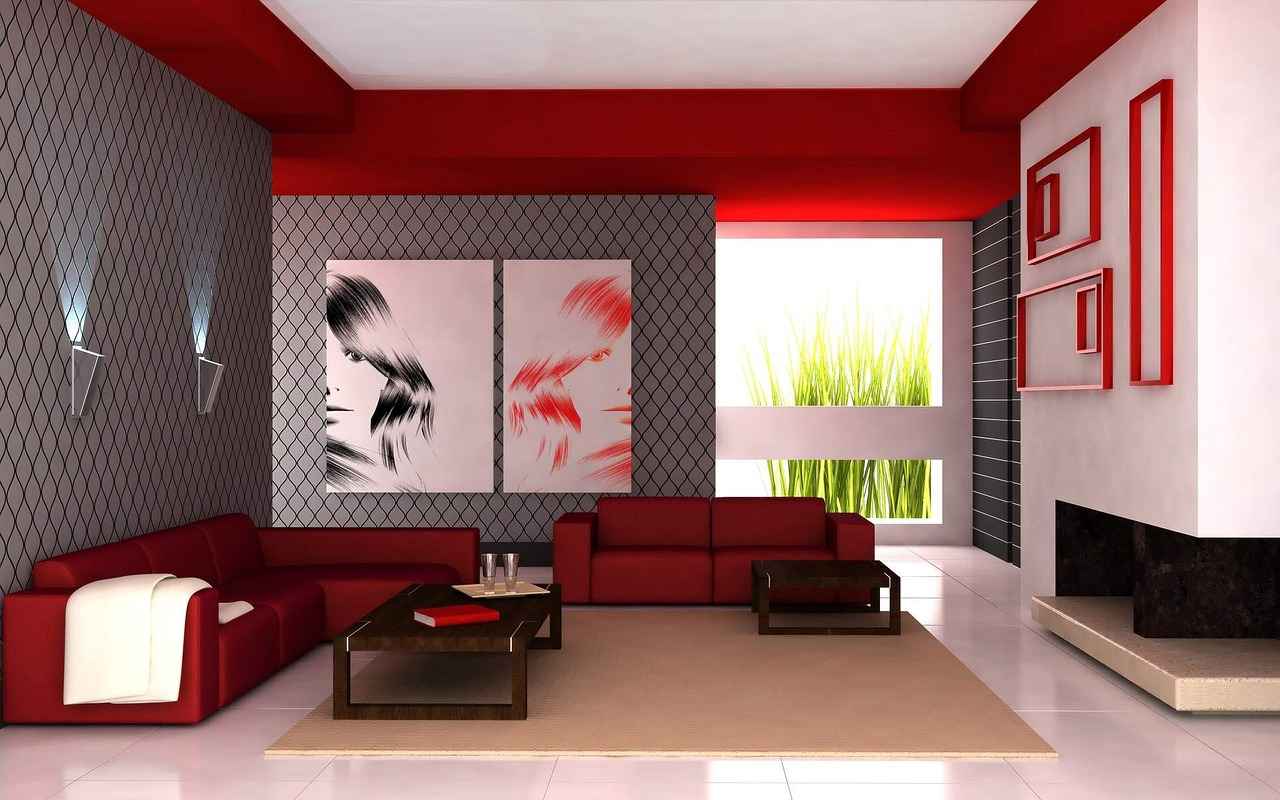
Open Concept Living: Benefits and Challenges
Open concept living has become a popular design choice for modern homes, offering a blend of aesthetics and functionality. This layout fosters a sense of connection among family members and guests, allowing for seamless interaction. However, while these spaces promote social interaction and a feeling of spaciousness, they also come with their own set of challenges, particularly concerning privacy and noise control.
One of the primary advantages of open concept living is the enhanced social interaction it encourages. With fewer walls to separate rooms, family members can easily communicate and engage with each other, making it ideal for gatherings and family activities. Additionally, this layout can create a more spacious feel, as natural light flows freely throughout the area.
Despite their benefits, open concept spaces can pose significant challenges. The lack of physical barriers can lead to issues with noise control, making it difficult to maintain a peaceful environment. Sounds from the kitchen can easily travel to the living area, disrupting conversations or quiet moments. Furthermore, the absence of defined spaces can compromise privacy, especially in households with multiple occupants.
To address these challenges, homeowners can consider various solutions that help maintain the open feel while providing necessary privacy. Here are some effective strategies:
- Room Dividers: Utilizing stylish room dividers can create visual separation without closing off the space. Options include folding screens, which are versatile and can be moved as needed.
- Heavy Curtains: Installing heavy drapes can effectively block noise and light, providing a cozy retreat when needed.
- Furniture Arrangement: Strategically placing furniture can create natural boundaries, allowing for distinct areas within the open layout.
- Plants: Incorporating tall plants or greenery can serve as a natural divider, enhancing aesthetics while promoting tranquility.
In addition to enhancing privacy, managing noise levels is crucial in open concept living. Here are some creative solutions:
- Acoustic Panels: Installing wall-mounted acoustic panels can absorb sound and reduce echoes, making the space quieter.
- Area Rugs: Adding area rugs can help dampen sound, especially in larger spaces with hard flooring.
- Soft Furnishings: Including cushions, throws, and upholstered furniture can contribute to sound absorption, creating a more serene environment.
Finding the right balance between an open concept and functional living can be challenging. It’s essential to assess your lifestyle needs and preferences. Consider how often you entertain guests versus how much time you spend in quiet solitude. This understanding will guide your decisions on implementing dividers or soundproofing solutions effectively.
Ultimately, while open concept living spaces offer numerous benefits, they require thoughtful planning to address the inherent challenges. By implementing creative solutions for privacy and noise control, homeowners can enjoy the best of both worlds—an inviting, spacious environment that still respects personal space.

Creative Solutions for Open Spaces
In modern interior design, the challenge of balancing open spaces with functionality is ever-present. can significantly enhance the usability of a room while preserving its airy feel. As homeowners seek to maximize their living areas, innovative designs are emerging that seamlessly blend style with practicality.
Open spaces can often feel too vast or uninviting. By implementing clever design strategies, you can create cozy, functional areas without sacrificing the overall openness. This is particularly important in urban settings where space is at a premium.
- Sliding Glass Doors: These are not just for entryways; they can act as stylish dividers between rooms. They allow light to flow while providing an element of separation.
- Modular Furniture: Consider furniture that can be reconfigured. Modular sofas or seating can create distinct zones within an open layout.
- Artistic Screens: Decorative screens can serve as eye-catching dividers. Choose designs that reflect your personal style, adding character to your space.
Incorporating natural elements into your open space design can create a serene atmosphere. Here are a few ways to do this:
- Indoor Plants: Tall plants or small trees can act as natural dividers, enhancing aesthetics while improving air quality.
- Water Features: A small indoor fountain can create sound barriers, providing a tranquil environment.
Decorative items can also serve functional purposes. For instance, bookshelves can provide both storage and a visual barrier, effectively dividing spaces while adding personality to your home. Consider open shelving to maintain a sense of openness while still defining areas.
Using different colors and textures can visually separate areas without physical barriers. Painting one wall a contrasting color or using textured wallpaper can delineate spaces, creating a cohesive yet distinct look. This method allows for flexibility in design, making it easy to change the feel of a room.
Investing in flexible room dividers can be a game-changer for open spaces. Options like curtains or foldable screens can be easily adjusted based on your needs. They provide privacy when necessary and can be tucked away to maintain an open feel.
Rugs can help define different areas within an open space. By placing a large rug under a seating area, you create a visual cue that suggests separation. Choose colors and patterns that complement your overall design while providing a sense of coziness.
Strategically placed lighting can also serve to divide spaces. Use pendant lights or floor lamps to highlight specific areas, drawing attention and creating distinct zones within a larger room.
Finding creative solutions for open spaces not only enhances functionality but also elevates the overall aesthetic of your home. By considering various design elements such as natural dividers, flexible solutions, and strategic decor choices, you can achieve a harmonious balance between openness and practicality. Embrace these innovative ideas to transform your living space into a well-defined yet airy environment.
Shelving Units as Dividers
Shelving units have become increasingly popular in modern interior design, serving as both functional storage solutions and creative room dividers. Their ability to blend practicality with aesthetics makes them an ideal choice for those looking to enhance their living spaces.
One of the primary advantages of using shelving units as dividers is their multifunctionality. These units can effectively separate areas within a room while also providing ample space for books, decorative items, and personal belongings. This dual purpose not only maximizes available space but also contributes to the overall visual appeal of the environment.
When considering room dividers, shelving units stand out for several reasons:
- Space Optimization: By utilizing vertical space, shelving units help to keep the floor area open, creating a sense of spaciousness.
- Customizable Design: Available in various styles, materials, and colors, shelving units can be tailored to fit any décor, making them a versatile choice.
- Easy Accessibility: Unlike traditional walls, shelving units allow for easy access to items, keeping essentials within reach.
Styling your shelving units as dividers can enhance both functionality and aesthetics. Here are some tips:
- Layering: Create depth by layering items on the shelves. Use a mix of books, plants, and decorative pieces to add interest.
- Color Coordination: Choose items that complement the overall color scheme of your room to create a cohesive look.
- Lighting: Incorporate lighting elements, such as fairy lights or small lamps, to highlight the shelving unit and create a warm ambiance.
In open concept living spaces, privacy can be a concern. Shelving units can help mitigate this issue while maintaining an open feel:
- Visual Barrier: They provide a subtle separation between areas, allowing for distinct zones without completely closing off spaces.
- Sound Absorption: The materials used in shelving units can help absorb sound, contributing to a quieter environment.
- Personal Touch: By displaying personal items, you can make the space feel more inviting and uniquely yours.
When selecting a shelving unit to use as a divider, consider the following:
- Size: Ensure the unit is appropriately scaled to the space. A unit that is too large can overwhelm the area, while one that is too small may not provide the desired separation.
- Material: Choose materials that align with your home’s aesthetic. Options range from wood and metal to glass, each offering a different look and feel.
- Functionality: Consider what you will store on the shelving unit. If you need to store heavier items, opt for sturdier designs.
In conclusion, shelving units are a practical and stylish solution for anyone looking to divide their living space. Their ability to act as both storage and a visual barrier makes them an excellent choice for modern homes, particularly in open concept layouts. By selecting the right unit and styling it thoughtfully, you can enhance both the functionality and beauty of your home.
Plants as Natural Dividers
In contemporary interior design, the use of has gained popularity for their ability to enhance both aesthetics and functionality in living spaces. This approach not only introduces a refreshing touch of greenery but also provides a seamless way to create distinct areas within an open concept layout.
Integrating plants into your home decor serves multiple purposes. First and foremost, they improve air quality by filtering toxins, which can enhance your overall well-being. Additionally, plants act as natural sound barriers, reducing noise levels in shared spaces. This functionality is particularly beneficial in urban environments where noise pollution is prevalent.
- Ficus Trees: Tall and bushy, ficus trees can create a lush barrier while being relatively easy to maintain.
- Snake Plants: Known for their resilience, snake plants are perfect for low-light areas and provide a modern look.
- Boston Ferns: These ferns add a soft, cascading effect, ideal for creating a more relaxed atmosphere.
- Peace Lilies: Apart from their beautiful white flowers, peace lilies thrive in shade and help purify the air.
When using plants as dividers, consider the following design ideas:
- Vertical Gardens: Install a vertical garden on a wall to create a stunning green backdrop that separates spaces.
- Plant Shelves: Use shelves filled with various plants to create a visual barrier while providing storage for books or decorative items.
- Hanging Planters: Suspend plants from the ceiling to create a floating divider that adds depth and interest to your space.
Incorporating plants as dividers offers numerous benefits:
- Aesthetic Appeal: Plants add a vibrant touch to any room, enhancing the overall decor.
- Calming Atmosphere: The presence of greenery can promote relaxation and reduce stress, making your home a sanctuary.
- Flexibility: Unlike permanent walls, plants can be rearranged or replaced to refresh your space without significant effort.
To ensure your plant dividers thrive, consider these maintenance tips:
- Regular Watering: Different plants have varying water needs, so be sure to monitor them regularly.
- Proper Lighting: Place plants in areas where they receive adequate natural light, or use grow lights if necessary.
- Fertilization: Feed your plants with appropriate fertilizers to encourage healthy growth.
In conclusion, using plants as natural dividers is an innovative way to enhance your home’s aesthetics while promoting a calming atmosphere. By choosing the right plants and employing thoughtful design strategies, you can create a beautiful and functional living space that reflects your personal style.
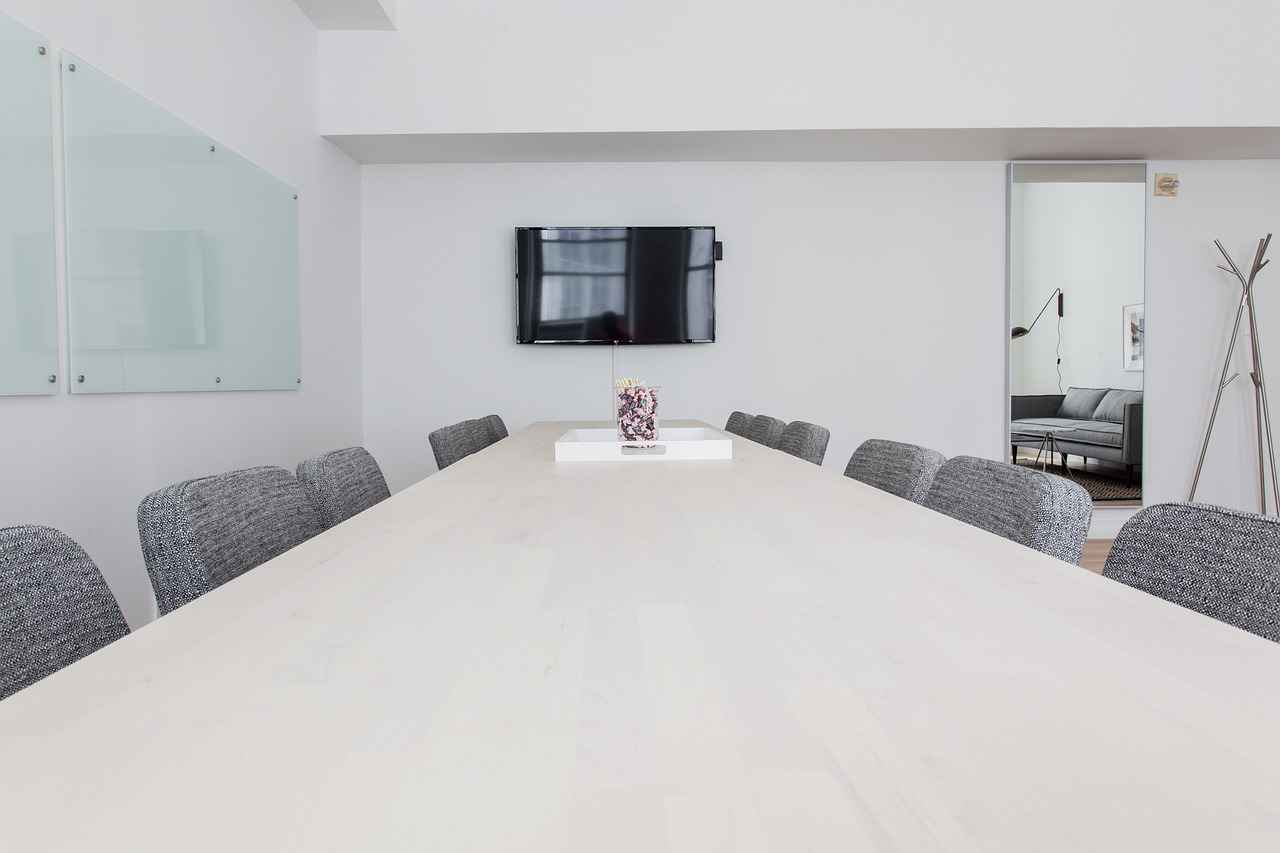
Cost-Effective Room Divider Ideas
When it comes to creating distinct spaces within your home without breaking the bank, can be both functional and stylish. These solutions allow you to maximize your living area while maintaining a sense of privacy and design. Let’s explore some affordable options that won’t compromise on aesthetics or effectiveness.
Budget-friendly room dividers can transform your space in numerous ways. They provide privacy, help to define areas, and can even serve as decorative elements. Additionally, these dividers can enhance the overall functionality of your home, making them a smart investment.
- Folding Screens: These versatile dividers can be easily moved and adjusted to fit your needs. They come in various styles, from modern to traditional, allowing you to select one that complements your decor.
- DIY Curtains: Using inexpensive fabric, you can create your own curtains to act as dividers. This method not only saves money but also allows for customization based on your color scheme and design preferences.
- Shelving Units: Open shelving can serve as both a storage solution and a divider. By placing books, plants, or decorative items on the shelves, you can create a visually appealing barrier that maintains an open feel.
- Room Divider Panels: Lightweight and easy to install, these panels can be found at affordable prices. They can be used to create temporary spaces or to section off areas in a more permanent manner.
- Plants as Dividers: Incorporating tall plants or a vertical garden can provide a natural and aesthetically pleasing way to divide spaces. This option not only enhances privacy but also improves air quality and adds greenery to your home.
When selecting a room divider, consider the following factors:
- Space Availability: Assess the size of the area where the divider will be placed. Ensure it won’t overcrowd the space.
- Functionality: Determine what purpose the divider will serve. Is it for privacy, decoration, or organization?
- Style Compatibility: Choose a design that complements your existing decor. This will help the divider blend seamlessly into your home.
If you’re feeling crafty, there are numerous DIY room divider projects that can be both fun and economical. Here are a few ideas:
- Repurposed Pallets: Old wooden pallets can be transformed into rustic room dividers with minimal effort. Sand them down, paint or stain them, and stand them upright to create a charming barrier.
- Hanging Fabric Panels: By suspending fabric from the ceiling, you can create an elegant divider that can be opened or closed as needed. This option is especially useful for larger spaces.
- Photo Collage Screens: Create a personal touch by using a folding screen to display family photos or art. This not only serves as a divider but also adds a unique decorative element to your home.
In conclusion, there are plenty of that can enhance your living space without breaking the bank. From folding screens to DIY projects, these solutions can effectively provide privacy and style, making your home both functional and inviting.
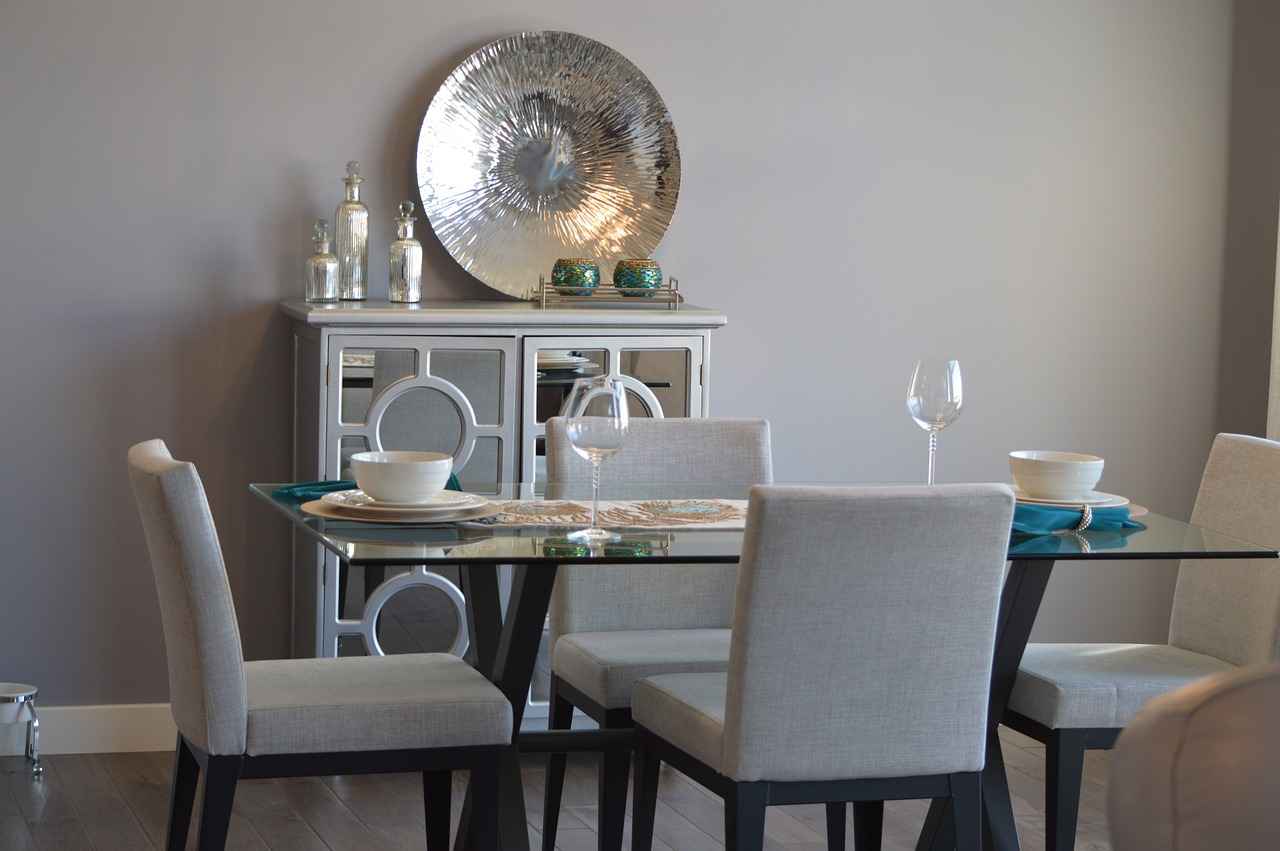
DIY Room Divider Projects
Creating a unique living space can be a rewarding endeavor, especially for the creative homeowner. DIY room dividers not only provide functionality but also allow you to express your personal style. Whether you want to separate areas for privacy, create a cozy nook, or simply enhance your decor, these projects can transform your living area with minimal investment.
DIY room dividers offer numerous benefits. They can:
- Enhance privacy: Create secluded areas in open spaces.
- Improve aesthetics: Add a decorative element to your home.
- Be cost-effective: Utilize materials you may already have.
- Showcase creativity: Personalize your space with unique designs.
Here are some easy DIY projects that can help you create effective room dividers:
Using fabric to create panels is a simple yet effective way to divide a room. You can:
- Choose fabrics that complement your decor.
- Hang fabric from a curtain rod or use a tension rod for easy installation.
- Experiment with patterns and colors to create a vibrant atmosphere.
Pallet wood offers a rustic charm that can enhance your space. To create a pallet wood screen:
- Disassemble wooden pallets and sand them down.
- Assemble the wood into a folding screen or a fixed divider.
- Finish with paint or stain for a polished look.
Bookshelves can serve as functional dividers while providing storage. Here’s how:
- Position a tall bookshelf to create a barrier between spaces.
- Style it with books, plants, and decor items for added visual interest.
- Consider using open shelving for a more airy feel.
Incorporating plants as dividers not only adds greenery but also enhances air quality. To use plants effectively:
- Hang planters from the ceiling to create a natural barrier.
- Choose trailing plants for a soft, cascading effect.
- Ensure adequate light for your plants to thrive.
For a more permanent solution, consider installing sliding barn doors. This project involves:
- Measuring the opening where you want to install the door.
- Building or purchasing a barn door that fits your style.
- Installing a track system for smooth operation.
To ensure your DIY projects are successful, consider the following tips:
- Plan your space: Measure the area to determine the size of your divider.
- Choose materials wisely: Select materials that match your home’s decor and are easy to work with.
- Be creative: Don’t be afraid to experiment with different designs and layouts.
In conclusion, DIY room dividers are a fantastic way to enhance your living space while adding a personal touch. With a little creativity and effort, you can create beautiful, functional dividers that reflect your style and meet your needs.
Frequently Asked Questions
- What are the main benefits of using room dividers?
Room dividers offer a multitude of benefits, including creating privacy, enhancing the aesthetic appeal of your space, and optimizing functionality. They can transform a large area into cozy nooks, making your home feel more intimate and organized.
- How do I choose the right type of room divider for my home?
Choosing the right room divider involves evaluating your space, functionality needs, and personal style. Consider factors like size, material, and whether you want a permanent or flexible solution. This way, you can find a divider that complements your home beautifully.
- Can room dividers help with noise control?
Absolutely! Heavy curtains and certain types of screens can significantly dampen sound, making them perfect for shared spaces. If you need to create a quieter environment, these options can be both stylish and effective.
- Are there budget-friendly options for room dividers?
Yes! There are plenty of cost-effective room divider ideas, such as using curtains, folding screens, or even DIY projects. You don’t have to break the bank to enhance your home’s functionality and style.
- What are some creative ways to use plants as room dividers?
Plants can serve as beautiful natural dividers, adding greenery while creating a sense of separation. Use tall potted plants or hanging arrangements to enhance your space’s aesthetics and promote a calming atmosphere.
